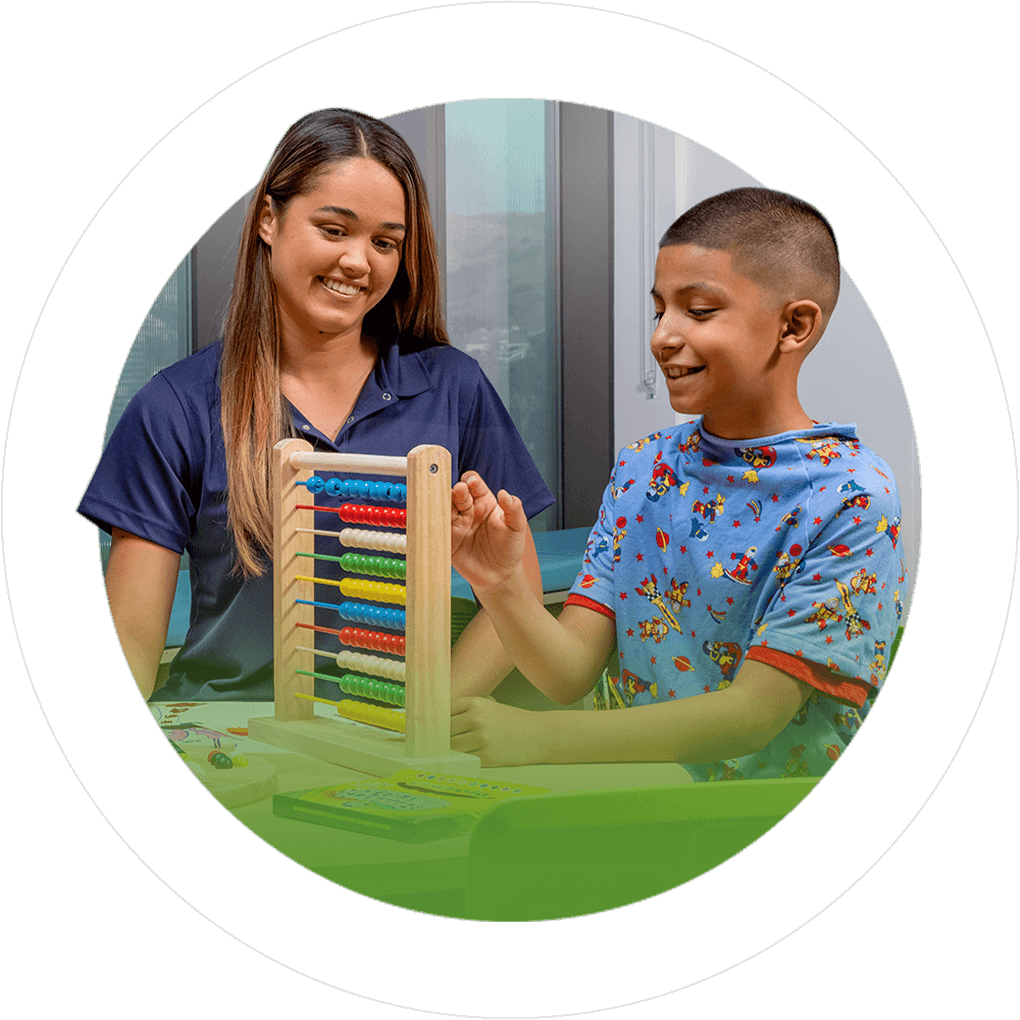What is Cardiac Catheterization?
Cardiac catheterization is a nonsurgical technique used to diagnose and/or treat certain heart conditions. The technique uses a small, flexible tube called a catheter. The catheter is inserted into a blood vessel, normally through the leg or neck.
When used to correct congenital (birth) heart defects, cardiac catheterization carries lower risks, fewer complications, and faster recovery time than open-heart surgery. For young heart patients, this can mean a better quality of life and less time recovering in the hospital.
The procedures usually last a few hours and many of our patients are able to return home the same day.
Diagnosing Heart Conditions with Cardiac Catheterization
Cardiac catheterization will tell us a lot about your child’s heart. We check the pressure in each of the heart’s chambers and blood vessels, sample oxygen levels in these different locations, and take pictures (angiograms) to better define any problems that may exist.
The angiogram uses contrast dye to fill the different parts of the heart and blood vessels. The pictures are recorded with x-rays which can then be used to help us determine any heart problems your child may have.
Treating Heart Conditions with Cardiac Catheterization
With cardiac catheterization, your child may be able to avoid open-heart surgery. We can correct certain problems using a balloon catheter or a wire mesh tube called a stent. Depending on your child’s condition, we may perform:
- Balloon valvuloplasty - Used to open a narrowed heart valve (aortic or pulmonary stenosis).
- Balloon angioplasty - Used to open narrowed blood vessels.
- Stent placement - Used to open up and support narrow blood vessels.
- Device closures - Used to close holes or communications within the heart wall, including atrial septal defect (ASD), ventricular septal defect (VSD), and patent ductus arteriosus (PDA).
- Heart valve placement - Used to replace congenitally abnormal heart valves.
What to Expect
Our experienced team of doctors and nurses will help guide you and your child from start to finish.
Before the Procedure
On the morning of the procedure, you and your family will be guided to the pre-operative area near the catheterization laboratory. This will be the same area your child will be cared for after the procedure. Your child’s nurse will complete a pre-operative assessment of your child and answer questions regarding the recovery process.
The physician will go over the procedure with you, explaining the risks and benefits, obtain consent and answer any questions to ensure your understanding of the procedure. You'll also meet with our anesthesia team who will go over the procedure from an anesthesia perspective and explain their role. Your child may be given a medication to make them more comfortable before the procedure.
During the Procedure
Your child will be taken to the procedure room and your nurse will guide you to our nearby waiting room.
Your child will be given medications to keep them relaxed and pain-free.
After the Procedure
Your child will return to the recovery area and the doctor will discuss the procedure in detail with you; this often involves reviewing the pictures taken. Your child will likely be sleepy and may be given a medicine to help keep them comfortable for a few hours after the procedure. There will be a bandage or dressing over the site where the procedure was done.
Your child may need to stay the night or may go home the same day. Before going home your nurse will review discharge instructions. This often includes care for the site and care for your child after the procedure. Follow up care after the procedure will be done in clinic with your cardiologist.










